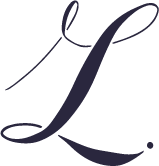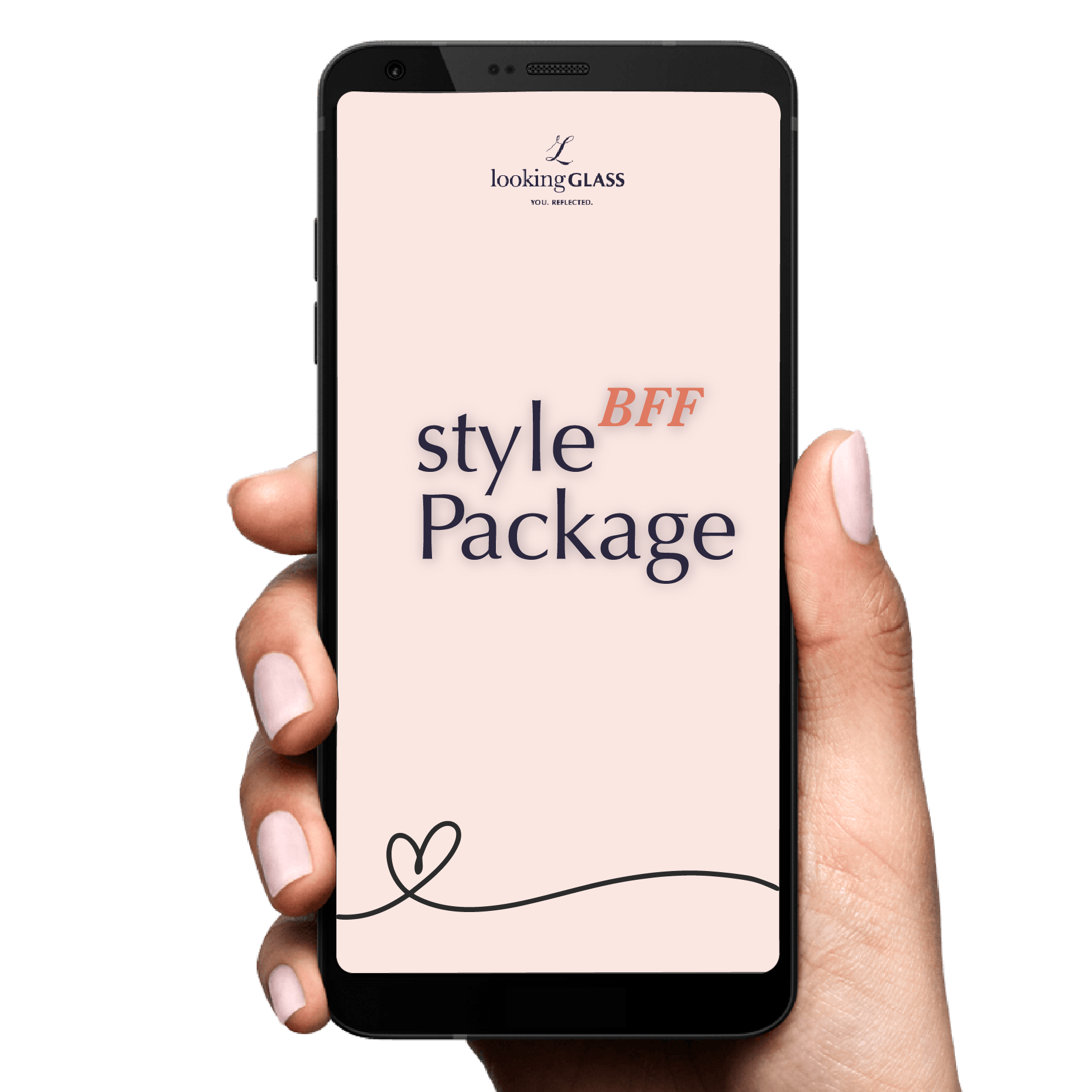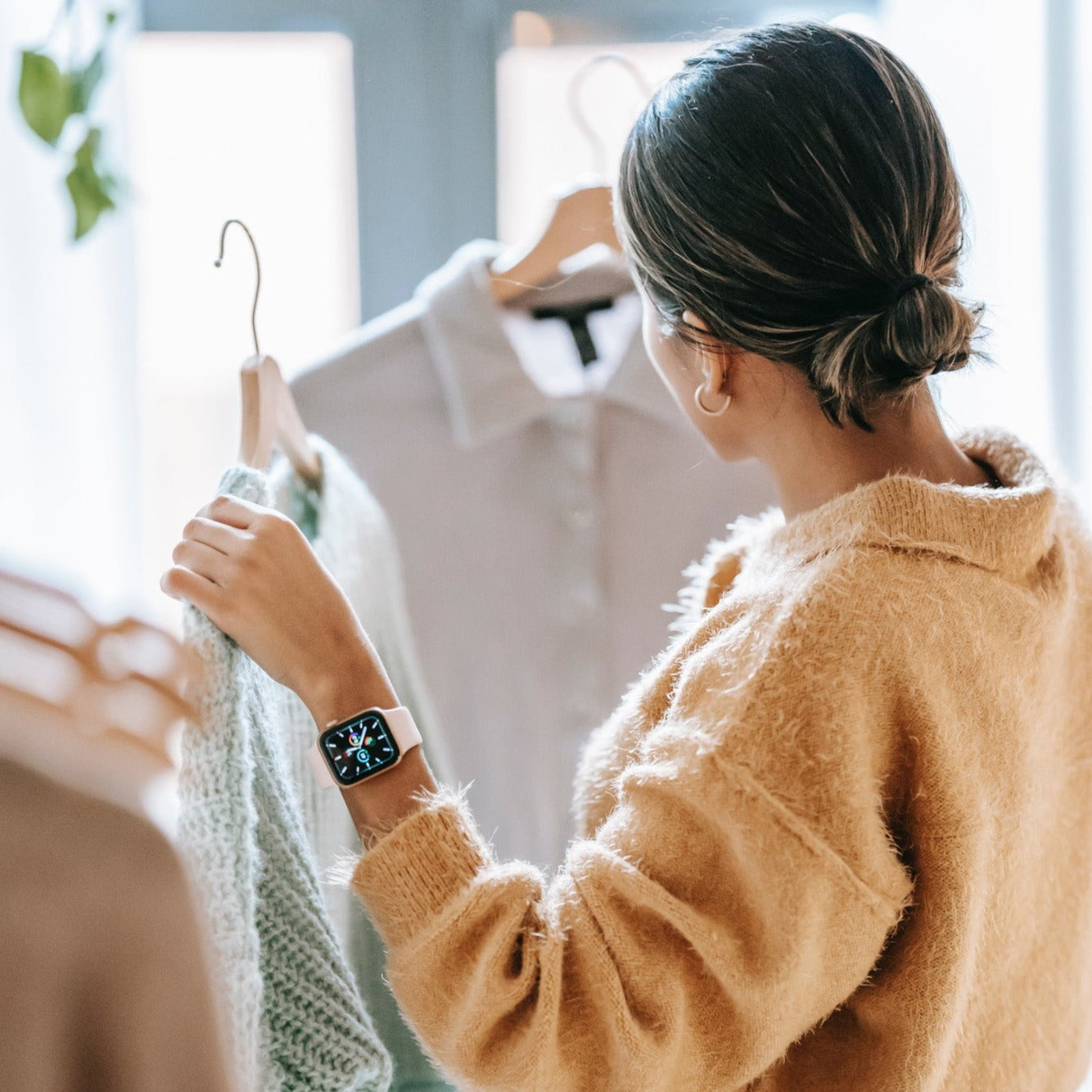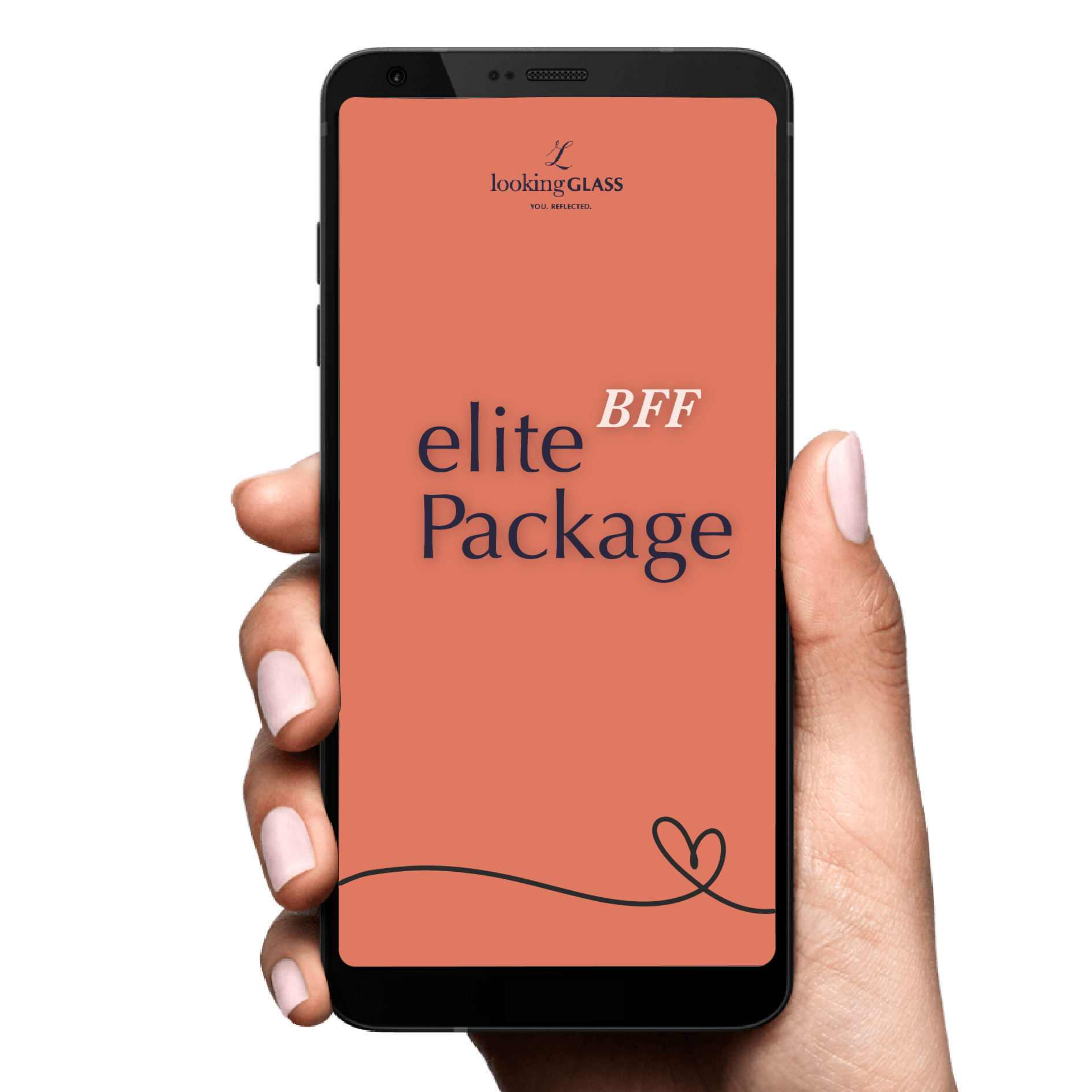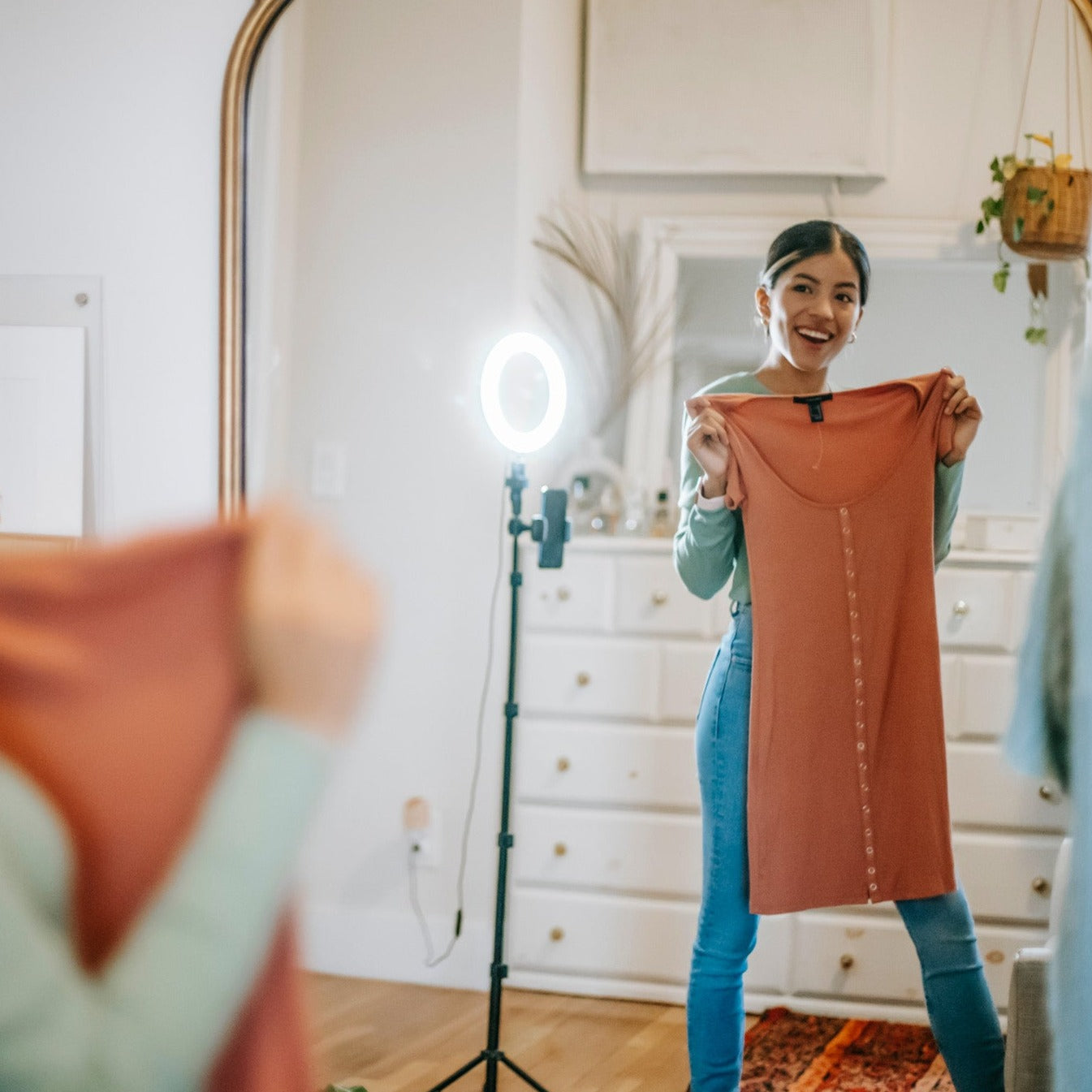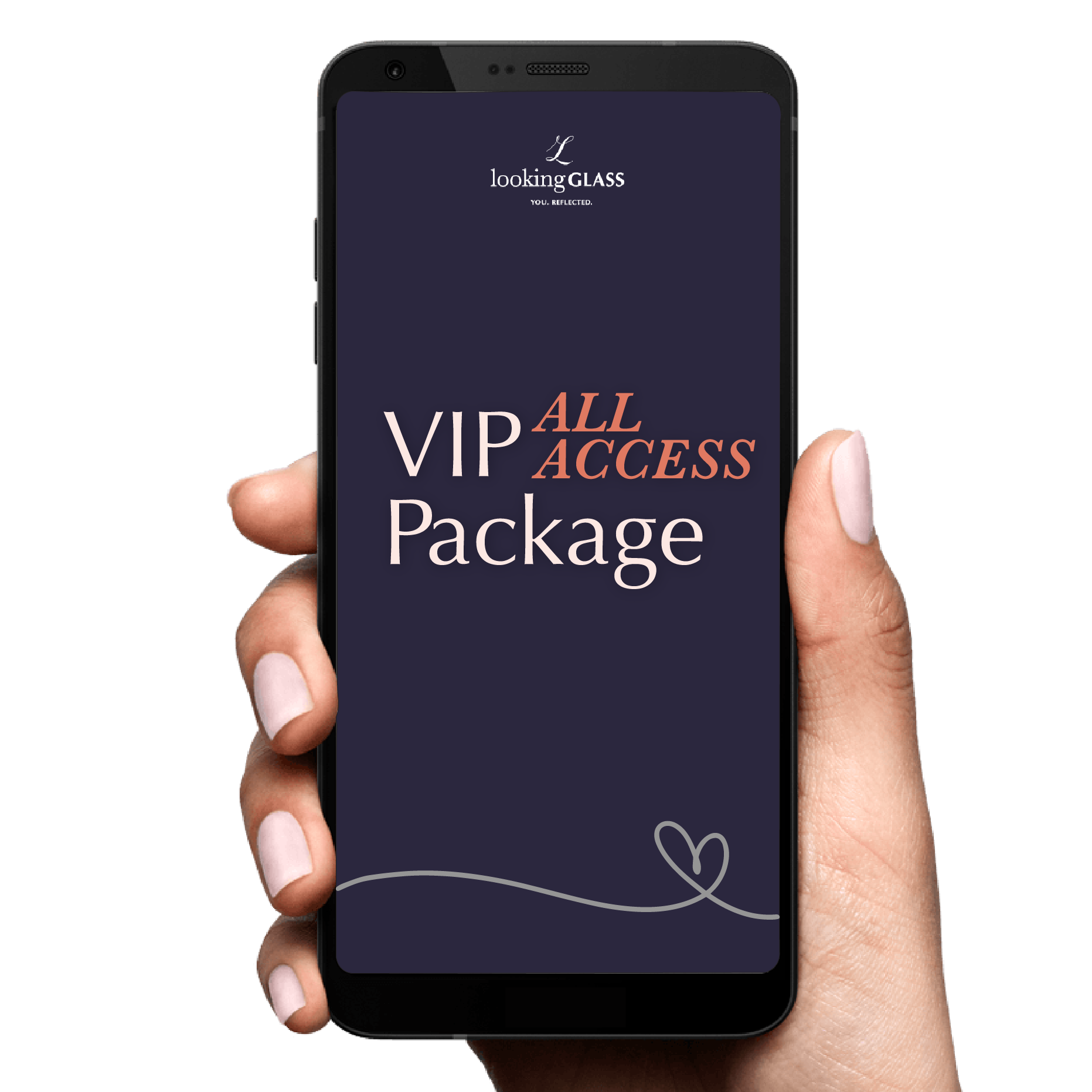Quick Listen:
The mirror reflects your image, but it also amplifies your doubts. You adjust a too-tight blazer, wondering if you project poise or discomfort. Job interviews carry enough pressure without the added burden of deciphering the perfect outfit. In today's evolving workplace, rigid dress codes are loosening, and the traditional suit is no longer the default. Instead, candidates are embracing attire that allows them to move freely, feel authentic, and exude confidence. But how do you navigate this shift to create a look that's both professional and comfortable? This guide explores the art of dressing for job interviews in a world where first impressions remain critical, yet personal ease is paramount.
The Shifting Landscape: Comfort as a Professional Asset
A decade ago, a job interview demanded a suit structured, formal, and often unforgiving. Today, the workplace is transforming. Hybrid work models and relaxed office cultures have reshaped expectations for interview attire. According to a Glamour article, online searches for business casual outfits and casual work outfits have surged to record highs, with TikTok videos on office wear amassing over 58.5 million views. For Gen Z professionals, many entering the workforce post-remote internships, decoding office dress codes is a challenge. With employers planning to hire 32% more college graduates from the class of 2022 than the previous year, new hires often lack guidance on what constitutes appropriate attire.
This shift isn't merely cosmetic; it's tied to performance. Comfortable clothing reduces distractions, sharpens focus, and enhances your ability to navigate tough interview questions. A 2023 DataHorizzon Research report values the global business attire market at $52.7 billion, projecting growth to $74.1 billion by 2033 at a 3.4% compound annual growth rate. This expansion, driven by corporate growth in emerging economies and demand for sustainable, durable fabrics, underscores a broader trend: professionals want attire that looks sharp and feels effortless.
Smart Casual and Innovative Fabrics: The New Standard
Imagine walking into a tech startup interview. The office buzzes with open-plan desks and casual vibes, yet you're stifled in a heavy three-piece suit. The disconnect is palpable. Industries like tech, creative agencies, and even some financial firms now favor business casual or smart casual for interviews. Think tailored trousers, breathable blouses, or a blazer paired with a polished T-shirt outfits that convey professionalism without rigidity.
Fabrics are evolving to support this trend. Stretch wool, moisture-wicking performance materials, and lightweight cottons prioritize mobility and comfort. These aren't outdated synthetics; they're engineered for dynamic settings, from animated presentations to lengthy panel interviews. Some brands are introducing innovative clothing solutions to enhance wearer comfort. According to Fortune Business Insights, the global corporate fashion market, valued at $376.13 billion in 2023, is expected to reach $625.38 billion by 2032, with a 5.88% growth rate, driven by demand for stylish yet functional workwear.
Success Stories: Dressing for the Role
Consider a recent graduate interviewing at a tech firm. Opting for slim-fit chinos, a tailored button-down, and sleek loafers, they struck a balance between polish and approachability. The outfit was deliberate: neutral tones, wrinkle-resistant fabrics, and a fit that flattered without constricting. They landed the role, later learning the hiring manager valued their professional yet relatable presence. This anecdote highlights the power of smart casual to align with modern workplace expectations.
Expectations vary by industry. A corporate lawyer might rely on the formality of a bespoke suit, as vividly described in a GQ piece, where the author recounts being measured for a navy suit amid terms like point to point and half waist. In contrast, a creative director at an advertising agency might pair a structured blazer with a bold tee, showcasing individuality while maintaining sophistication. Research is critical: scour the company's website, LinkedIn, or social media to understand its culture. As Glamour notes, your attire communicates your grasp of the company's ethos and respect for its standards before you utter a word.
Navigating Risks: When Casual Misses the Mark
Comfort is invaluable, but it comes with risks. Dressing too casually can signal a lack of effort. A hoodie and sneakers might win points at a startup but could derail your chances at a law firm. Perception matters hiring managers often link attention to appearance with workplace diligence. In conservative sectors like finance or government, formal dress codes persist, and cultural nuances add complexity. Professional attire in London may not resonate in Singapore or Sao Paulo.
Fit is another stumbling block. Ill-fitting clothes whether a sagging blazer or worn-out shoes can undermine a thoughtful outfit. Small details, like a pressed shirt, well-chosen accessories, or polished footwear, elevate a look from haphazard to intentional. Striking the right balance between comfort and polish is a delicate act, and missteps can leave candidates looking unprepared.
The Power of Personal Styling: Crafting Your Narrative
Personal styling offers a solution. A skilled stylist doesn't just select clothes; they curate a story. By understanding your industry, personality, and physical needs, they create an outfit that feels authentic. Picture entering an interview in a fitted blazer, flexible trousers, and shoes that cushion every step. You're not tugging at seams or shifting uncomfortably you're fully present, ready to shine. Stylists also emphasize versatility: a single ensemble, like a navy blazer with a white shirt and gray pants, can transition from interview to office to evening events, maximizing your investment.
The benefits extend beyond aesthetics. Well-fitted, comfortable attire can lower stress and boost mental clarity, enhancing interview performance. With the corporate fashion market thriving, as evidenced by Fortune Business Insights, candidates have access to a wealth of options to build a wardrobe that reflects their professional identity.
The Future: A Flexible, Sustainable Approach
The workplace continues to evolve, and so does its sartorial landscape. As hybrid work solidifies, interview attire will likely trend further toward casual, with versatile pieces that bridge virtual and in-person settings. Sustainable materials, adaptable designs, and innovative clothing solutions will shape the next wave of corporate fashion. Yet, the core principle endures: your outfit must make a strong, positive impression.
For job seekers, the path forward is clear. Research the company's culture meticulously. Choose fabrics and fits that allow ease of movement. Add a touch of personality a vibrant tie or subtle earrings without overshadowing your qualifications. Whether you're entering a startup's open-plan office or a corporate tower, the right attire is a strategic tool, merging comfort and confidence into a statement: I belong here. When you feel at ease in your clothes, your poise and presence follow, setting the stage for success.
You may also be interested in: Industry News lookingGLASS Lifestyle
Tired of staring at a closet full of clothes and feeling like you have nothing to wear? Our team of expert personal stylists, hand-picked for their diverse style sensibilities, understands the unique challenges real women face. We work magic with clothes you already own, or if needed, hand-pick pieces from our curated collection to build a wardrobe that's as individual as you are.
Book a Personalized Styling Session and watch your confidence soar as you discover your style that flatter your figure and make you feel amazing.
Powered by flareAI
